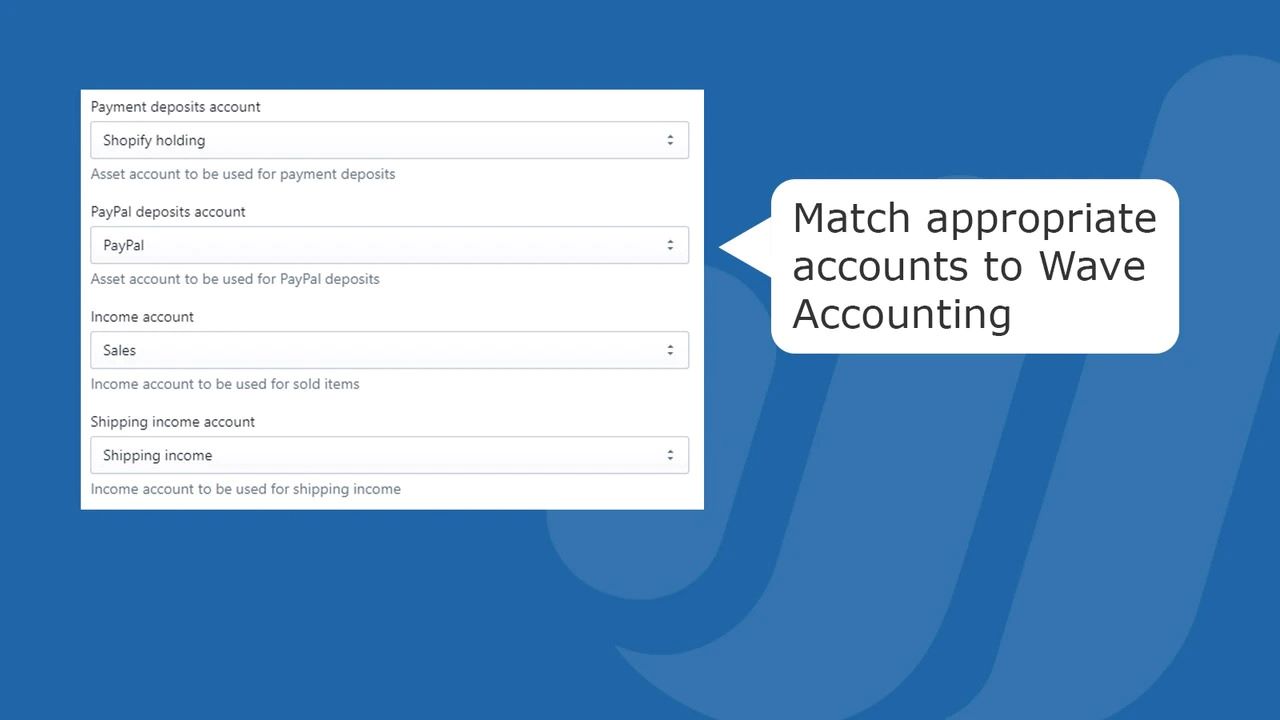Home>Finance>Current Account Savings Account (CASA): Definition And Formula


Finance
Current Account Savings Account (CASA): Definition And Formula
Published: November 6, 2023
Learn about current account savings account (CASA) in finance, including its definition and formula. Maximize your savings potential with this essential financial tool.
(Many of the links in this article redirect to a specific reviewed product. Your purchase of these products through affiliate links helps to generate commission for LiveWell, at no extra cost. Learn more)
Current Account Savings Account (CASA): Definition and Formula
Welcome to our Finance blog category! In this post, we will be discussing a fundamental concept in banking known as Current Account Savings Account, abbreviated as CASA. CASA plays a crucial role in the banking industry, especially when it comes to evaluating a bank’s financial stability and profitability.
Key Takeaways:
- CASA is a measure of the proportion of a bank’s total deposits made up of current and savings account balances.
- It indicates the reliance of a bank on low-cost deposits, which potentially leads to higher profit margins.
What is CASA and Why is it Important?
CASA, composed of a bank’s current and savings accounts, represents the proportion of a bank’s total deposits that come from these accounts. Current accounts are typically maintained by individuals and businesses for daily operational purposes, such as receiving and making payments. Savings accounts, on the other hand, are primarily used for saving money and earning interest on the deposited funds.
Now, you may wonder why CASA is important for banks. Well, the answer lies in its impact on a bank’s profitability. By having a higher proportion of CASA deposits, a bank can reduce its dependency on expensive sources of funding, such as fixed-term deposits. Current and savings accounts generally carry lower interest rates compared to other deposit accounts, allowing banks to lend out funds at higher rates, ultimately leading to increased profit margins.
The CASA Formula and Calculation
The CASA ratio can be calculated by dividing the total amount of deposits from current and savings accounts by the bank’s total deposits and then multiplying the result by 100. The formula is as follows:
CASA Ratio = (Current Account Deposits + Savings Account Deposits) / Total Deposits * 100
For example, if a bank has $2 billion in current account deposits, $3 billion in savings account deposits, and $10 billion in total deposits, the CASA ratio would be:
CASA Ratio = ($2 billion + $3 billion) / $10 billion * 100 = 50%
Why Investors and Analysts Care About CASA
Investors and analysts closely monitor a bank’s CASA ratio because it provides insights into several aspects of a bank’s financial health:
- Liquidity: A higher CASA ratio indicates a bank’s ability to meet short-term financial obligations without relying heavily on borrowing or external funding sources.
- Stability: A greater proportion of CASA deposits implies a more stable funding base for a bank, as these deposits are less likely to be withdrawn in times of uncertainty or financial stress.
- Profitability: Banks with a higher CASA ratio can access low-cost funds, allowing them to lend at more competitive rates and generate increased profit margins.
- Customer Relationships: A strong CASA ratio indicates that a bank has a large customer base with active current and savings accounts, representing a loyal and long-term customer relationship.
In summary, understanding the concept of Current Account Savings Account (CASA) is crucial for evaluating a bank’s financial stability, profitability, and customer base. Investors and analysts rely on CASA ratios to assess a bank’s liquidity, stability, and potential for higher profits. So next time you come across this term while analyzing banks or financial institutions, you’ll know exactly what it means and why it matters.
Thank you for reading our blog post on CASA. Feel free to explore other categories on our website to enhance your knowledge of the fascinating world of finance!














